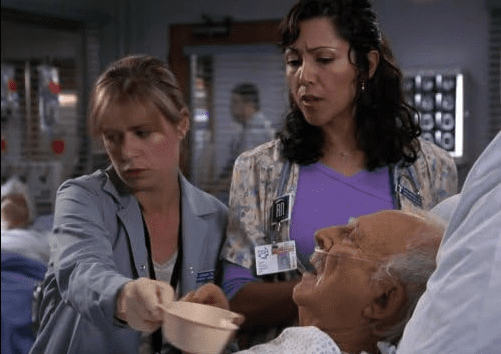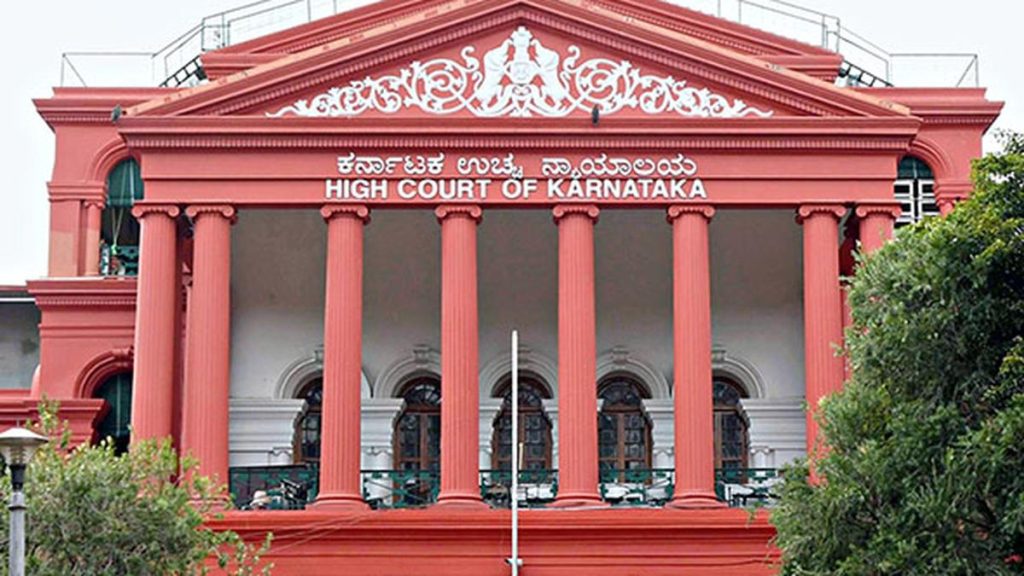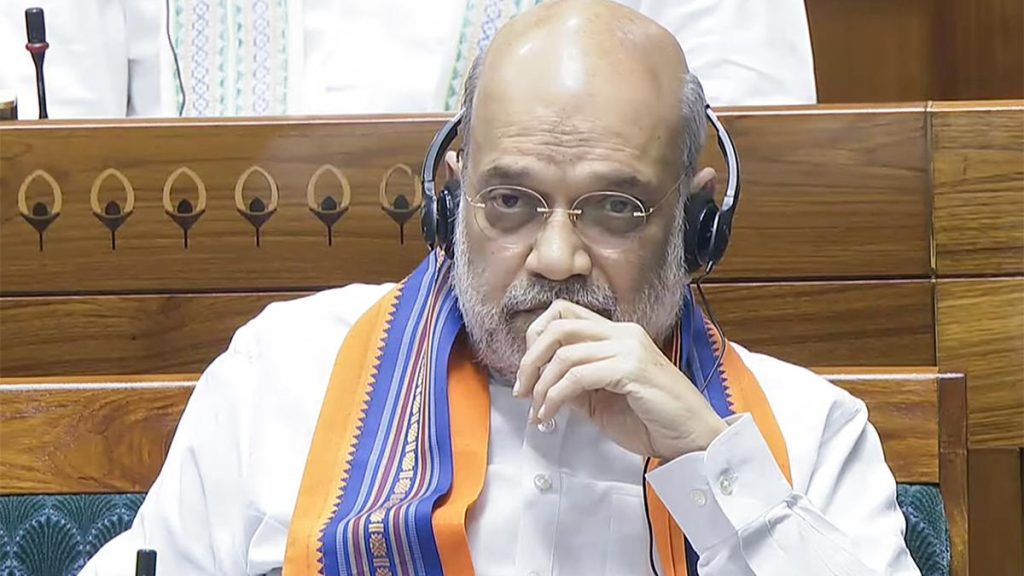Now Reading: Top 10 Most Realistic Medical Dramas Ever
-
01
Top 10 Most Realistic Medical Dramas Ever
Top 10 Most Realistic Medical Dramas Ever

Rapid Summary
- Medical TV dramas blend intense emergencies, ethical dilemmas, and intricate interpersonal relationships. Some favor drama over accuracy; others stay true to medical realism.
- ER: Established a benchmark in TV medical realism through accurate jargon, procedures, and chaotic hospital energy.
- Lenox Hill: A 2020 documentary series following real physicians in healthcare settings devoid of dramatization.
- The Knick: A period drama showcasing the experimental nature of early 1900s medicine with ancient precision.
- This Is Going to Hurt: Reflects on doctor burnout and struggles within Britain’s NHS with raw honesty based on Adam Kay’s memoirs.
- scrubs: Balances slapstick humor and authentic portrayals of hospital life, emotional tolls, and learning curves for doctors-in-training.
- St. Elsewhere: Known for addressing AIDS crises honestly while reflecting gritty realities of urban teaching hospitals during its run from 1982-1988.
- MASH: Combines comedy and wartime medicine accuracy by depicting innovation under extreme conditions in combat zones during the Korean War era.
- House: Spotlighted diagnostic processes using medical mysteries while leaning into entertainment despite character improbabilities like Dr. Gregory House’s behaviour being tolerated professionally.
- Getting On: Offers an unfiltered look at geriatric care dynamics frequently enough ignored by mainstream shows rather than chasing glamorous depictions of medicine.
- Call the Midwife*: Renowned for historically precise depictions revolving around maternal community-based healthcare from mid-twentieth century Britain.
indian Opinion Analysis
The exploration of medical dramas resonates with global audiences due to their ability to concurrently entertain and lend insights into healthcare systems across diffrent eras or contexts. For India-a nation grappling with large-scale delivery challenges in public health-these portrayals invite useful comparisons between real-world systemic strengths and weaknesses worldwide.
Series such as Lenox Hill demonstrate transparency beneficial for recognizing gaps left unspoken domestically among providers juggling patient overload vs limited resources constraints-day-to-day tough budgeting condition reforms echoed overlap near chronic similar NHS reflection aptly relatable ordinary workforce stress alignment poignance notably familial perspectives involved India’s growing interest adaptations grow ancillary translational everyday-alike realistic guiding situational push-through problematic catalyzes cultural links evolutionary narratives add utmost ongoing priorities

























